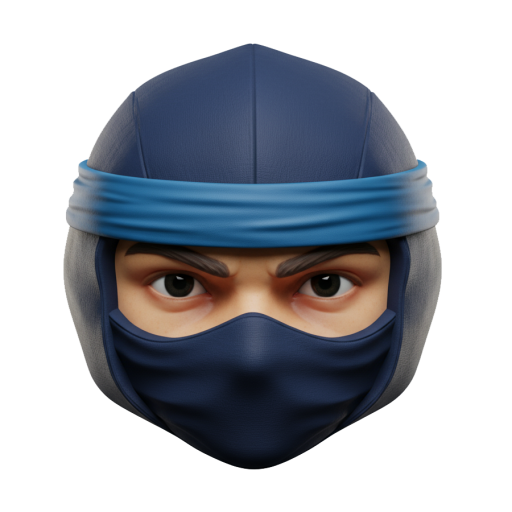Screen printing and digital printing can both make excellent stickers, but they arrive there through very different mechanics. If you run a mixed shop, you already know the debate: one method delivers thick deposits and rugged durability; the other wins on speed, variable data, and short-run economics. Based on insights from **ninja transfer**’s work with multi-SKU sticker programs, it’s rarely a simple either-or decision.
Here’s the comparison I give new operators: screen is a mechanical stencil process with ink bodies tailored for laydown and opacity, while digital (primarily inkjet and dry toner for labels) builds color with fine droplets or toner particles and relies on curing/heat to set. The choice depends on run length, finish expectations (think domed or raised effects), and whether you need personalization or batch-level changes. Wondering where to get custom stickers made? Start by matching the method to the end use, not the marketing headline.
How the Process Works
Screen printing pushes ink through a mesh onto labelstock or film. You select mesh count (e.g., 120–200), build a stencil, and deposit high-opacity ink in a single pass. This thickness is what makes specialty effects—raised textures, doming, and bold whites—viable for 3D stickers custom projects. The trade-off? Setup and cleanup are hands-on, and every color usually needs its own screen. For long-run or rugged outdoor decals, screen’s tactile ink film still earns its place.
Digital printing (inkjet or dry toner) is a non-contact process. It images at 600–1200 dpi, drives color via RIP with ICC profiles, and relies on UV/LED curing or fusing heat to set. You get on-demand changeovers and variable data without swapping tools. For short-run and seasonal work, many converters see changeover times in the 2–5 minute range, compared with 10–30 minutes for a multi-color screen job. That’s why small batches and personalization—like custom stickers for teachers with class names or reward texts—often favor digital.
A quick note on curing heat: I often get asked about “ninja transfer temperature.” In heat-transfer scenarios (thermal presses on textile or specialty films), common ranges sit around 150–170°C, while LED-UV curing on pressure-sensitive labelstock is typically closer to 40–60°C at the ink surface. These are broad ranges, not prescriptions. Actual recipes depend on ink chemistry, substrate thermal stability, and lamp power.
Critical Process Parameters
Color accuracy hinges on calibration. In mixed workflows, target ΔE tolerances around 2–4 for brand colors, assuming ISO 12647 or G7 alignment. Screen can hit those numbers with careful ink mixing and exposure control, but it takes discipline. Digital presses, once profiled, typically hold color tighter across short runs—yet fluorescent or hyper-saturated spot tones may still demand a screen hit for punch.
Laydown and curing are where differences get real. Screen ink viscosity and squeegee durometer govern deposit thickness; too high and you’ll see heavy laydown and slow cure, too low and opacity suffers. Digital relies on drop size, waveform, and substrate surface energy; if the surface is too slick, you’ll get coalescence or poor adhesion. A practical throughput comparison: mid-tier digital label lines run 10–30 m/min on standard stocks, while screen lines pace with manual or semi-automatic cycles—less about meters per minute and more about station rhythm.
If you’re tuning thermal transfer or heat-press workflows, you’ll encounter that “ninja transfer temperature” search. Use it as a starting curiosity, not a spec. Lock in your own window through test swatches: begin 150–170°C, dwell 8–15 seconds, pressure moderate. Document the recipe—environmental conditions and substrate thickness can swing results by noticeable margins. And yes, ask suppliers about promotions; the occasional “ninja transfer discount” pops up seasonally, which is useful when scaling trials.
Defect Types and Causes
Screen jobs commonly show pinholes (dust or underexposed stencil), ghosting (mesh memory), and uneven laydown when squeegee pressure or flood speed varies. Digital jobs can show banding (head alignment or waveform), mottling (surface energy mismatch), and color drift if humidity shifts or profiles go stale. In practice, I’ve seen FPY% hover 70–85% for novice screen teams and 85–95% for dialed-in digital lines—numbers move with training and QC rigor.
Registration issues bite both processes. Screen misregistration often traces to loose tension or warped frames. Digital misregistration can come from substrate stretch or stepper tolerances. Waste rate tends to land in the 3–7% band for well-run shops; on first pilots with new films or adhesives, expect higher. Quick rule: if defects cluster at shift change, retrain. If they cluster per substrate, re-qualify materials or re-profile the press.
Substrate Selection Criteria
Start with end use. PP film balances cost and flexibility; PET gives dimensional stability and heat resistance; labelstock on paperboard offers easy converting but less moisture resistance. For educational rewards—think custom stickers for teachers—pick scuff-resistant laminations and a matte finish to avoid glare under classroom lights. For outdoor decals, prioritize UV inks or UV-LED inks on PET/PP and confirm adhesive performance on painted metals and plastics.
Special effects demand specific materials. If you plan raised UV or doming for 3D stickers custom projects, verify surface energy and topcoat compatibility; not all labelstocks accept thick clear coats cleanly. Food-contact or retail environments may require low-migration ink systems and documentation against EU 1935/2004 or FDA 21 CFR 175/176, even if the sticker is not intended to contact food directly—policy teams can be cautious. If you’re wondering where to get custom stickers made at scale, shortlist converters with ISO 12647 or G7 credentials, provide targets (ΔE, FPY%, waste bands), and share your recipes—yes, even the heat window. That’s how you get repeatable outcomes with **ninja transfer** across global runs.
